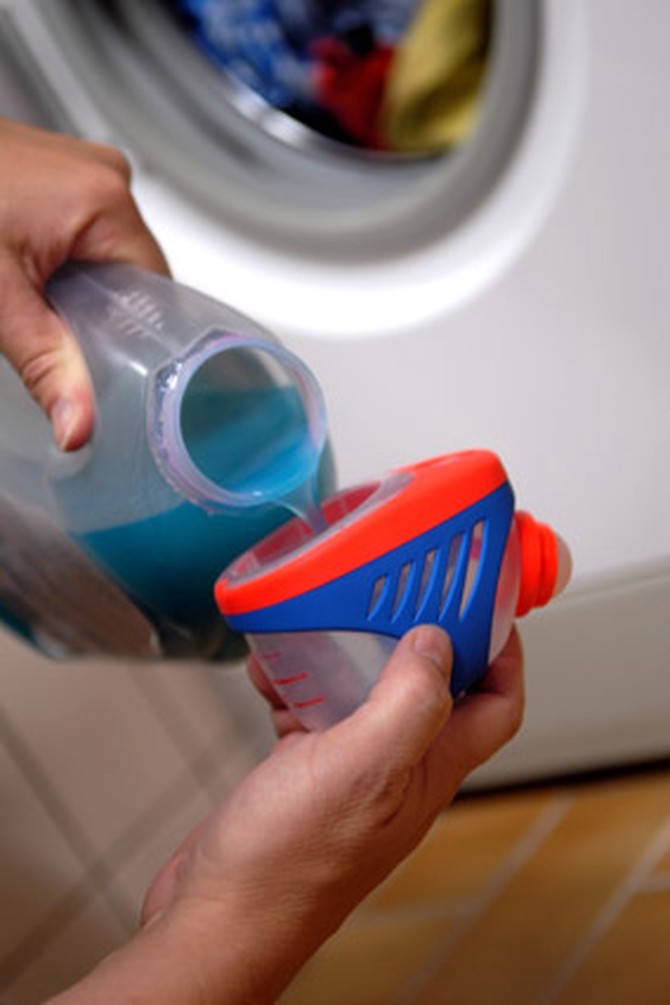7 Wallet-Killing Expenses That Sneak Up on You
These little snares—hidden in everything from your utility bills to your summer vacation—can trip up even the most budget-conscious.
By Candace Braun Davison

Photo: Thinkstock
Comparison Shopping Without Your Groucho Marx Mustache
Clearing your browser's cache—or surfing the web in incognito mode—could help you snag better deals on travel. Insiders told Bargain Fever author Mark Ellwood that some companies use cookies to track your visits, so your airfare (or hotel or rental car bids) could go up with each additional search. "It's like going to a bazaar and going back to look at the same rug four times. The owner knows you're interested," he explains.
Searching on different devices could also save you money: On a desktop, a search for a two-night stay at a Kansas hotel came to $122 per night. On mobile, the same stay was offered for $89.50 for the first night, $94.50 for the second (total savings for a three-minute price check: $60).
Searching on different devices could also save you money: On a desktop, a search for a two-night stay at a Kansas hotel came to $122 per night. On mobile, the same stay was offered for $89.50 for the first night, $94.50 for the second (total savings for a three-minute price check: $60).

Photo: Thinkstock
Turning Right When You Enter a Store
While researching Bargain Fever, Ellwood interviewed retail anthropologists to learn more about how stores are designed—and how that affects the way we shop. As you've probably figured out, most stores feature a clothing table as soon as you walk in, so you can't make a beeline to the sale racks in the back. You have to turn right or left, he says, and since most people are right-handed, the items the store's trying to move are located on the right. What surprised us most: Stores will even install smaller floor tiles, so each stride appears larger, encouraging you to slow down and shop awhile.

Photo: Thinkstock
Filling the Pantry with Redesigned Goods (but Not Redesigning Your Usage)
If your go-to hand soap, laundry detergent or electrolyte-infused, post-post-workout juice has a new look, it may not be just to catch your eye at the supermarket: "Every time a bottle is redesigned, check the nozzle," Ellwood says, explaining that the product's opening is often widened so people use it faster. "If you have the old bottle, pour it in and use that instead."
Rather than raise prices, redesigning a product so you use it faster—or shrinking the size of the package and selling it for the same price—can help a company save money. The latter has become so commonplace that the Consumerist tracks readers' finds—like boxes of tissue containing 30 fewer wipes or hot chocolate containers that hold one-third less cocoa goodness—in a special series called "Grocery Store Shrinkray." In those instances, Ellwood recommends looking at the price per unit, not the overall price, when you're grocery shopping.

Photo: Thinkstock
Turning on the Lights...Just as Often as You Usually Do
If it seems like your electricity bill keeps climbing—even after you've switched to CFL lightbulbs and started unplugging everything from your laptop to your microwave when you're not at home—the universe is not against you. The cost of electricity has surged over the past year—up 2.9 percent—more than any other category in the Consumer Price Index. On the plus side, the cost of gas is seeing the biggest decline: It's down 5.8 percent since November 2012.

Photo: Thinkstock
Taking Triple-Digit Lunch Breaks
It's easy to dismiss the occasional lunch at a restaurant as a much-needed break—hey, you have to eat, right?—but doing so can add up faster than you think. The average person eats out twice a week, and when it comes to the final bill, men spend about 44 percent more per meal than women: $21 per lunch versus $15. Each year, that amounts to about $936, a September 2013 Visa survey found.
Packing lunch five days per week helped Suzan Colón save $2,000 a year—and she shared her top five affordable meals with us to prove that toting a lunch box doesn't mean PB&J all day, every day.
Packing lunch five days per week helped Suzan Colón save $2,000 a year—and she shared her top five affordable meals with us to prove that toting a lunch box doesn't mean PB&J all day, every day.

Photo: Thinkstock
Keeping Up With the Joneses'...Tooth Fairy
Over the past three years, the Tooth Fairy's going rate for a miniature molar has climbed $1.10, to $3.70 per tooth, a 2013 Visa survey found. That cost may not break the bank—though it may become a lot more taxing if your child lives in the same neighborhood as the 6 percent who said they receive $20 or more.

Photo: Thinkstock
Springing for the $9 Candle, Just to Score This Perk
It's hard to resist the allure of free shipping: Three out of four people admit to buying a few extra items just to qualify for it, reports comScore's 2013 State of the U.S. Online Retail Economy—and retailers are counting on that. Many of them require at least $50 worth of goods upon checkout, and as has been widely reported, Amazon's Super Saver Shipping recently climbed from $25 to $35—which might lead to some very unworthy "eh, why not?" buys.
Next: 5 ways you think you're saving, but aren't
Next: 5 ways you think you're saving, but aren't
Published 02/07/2014

